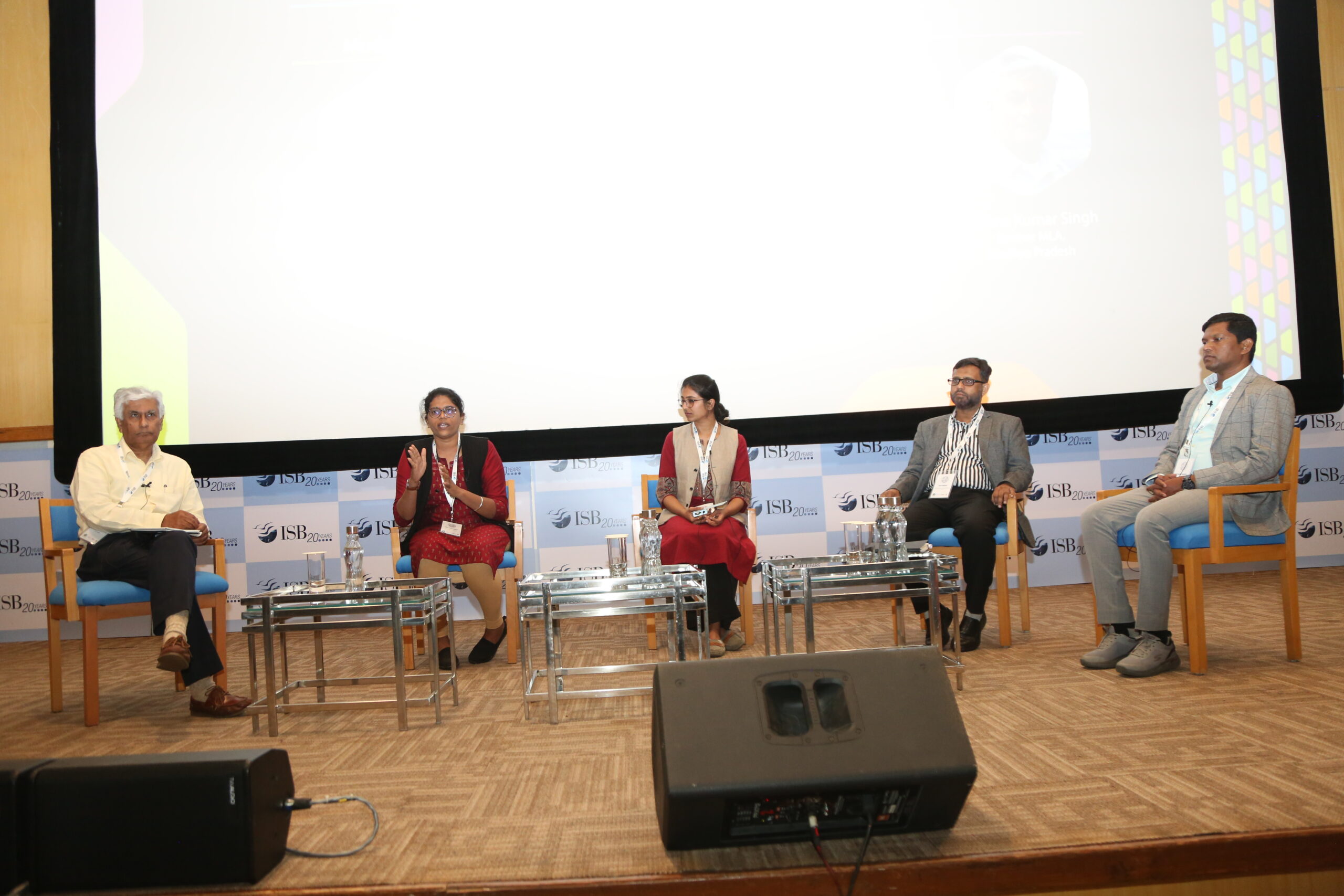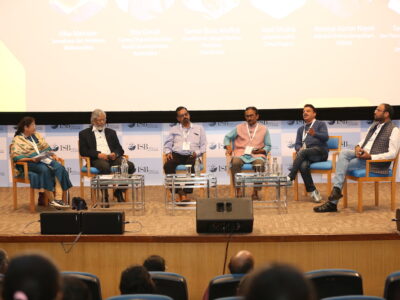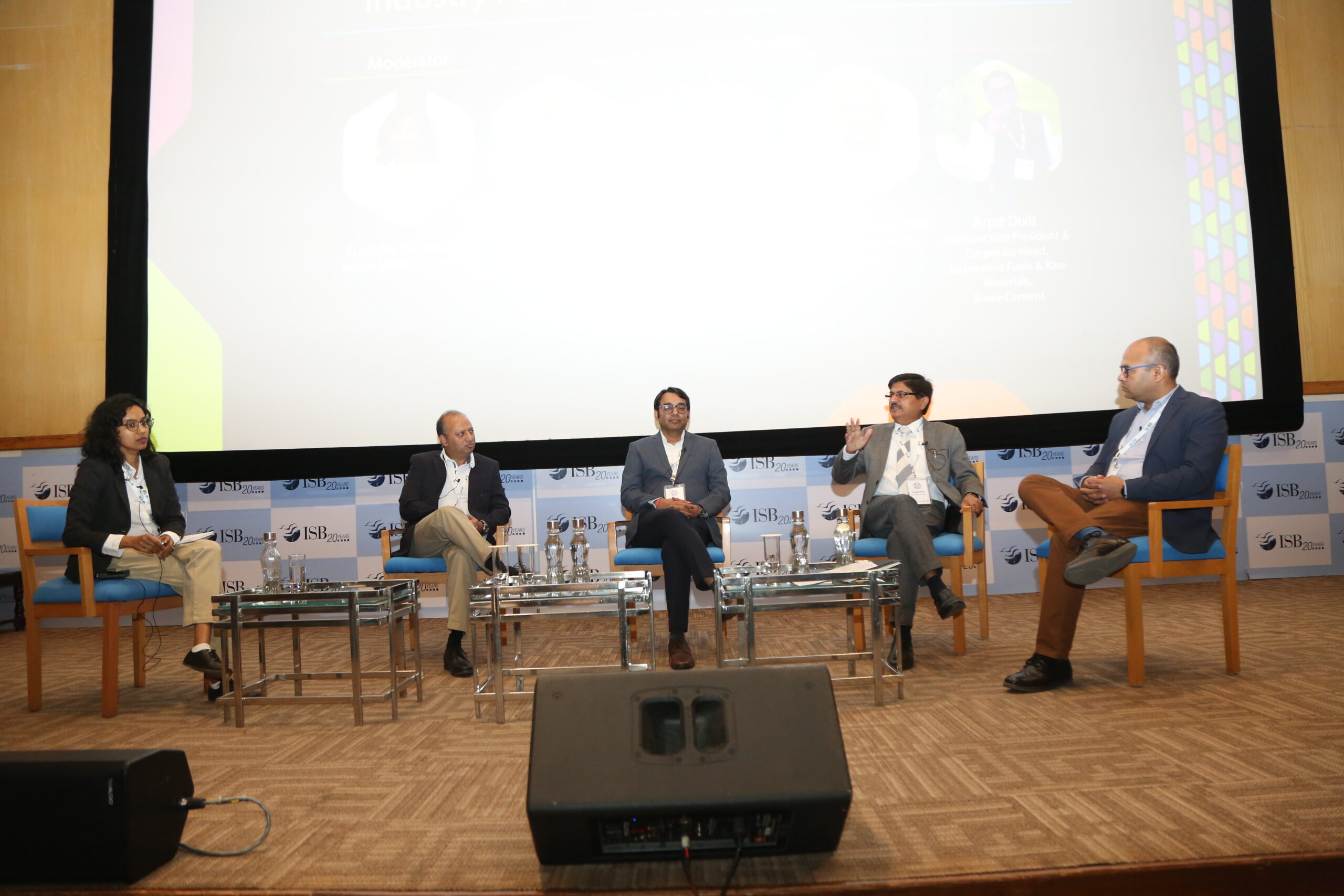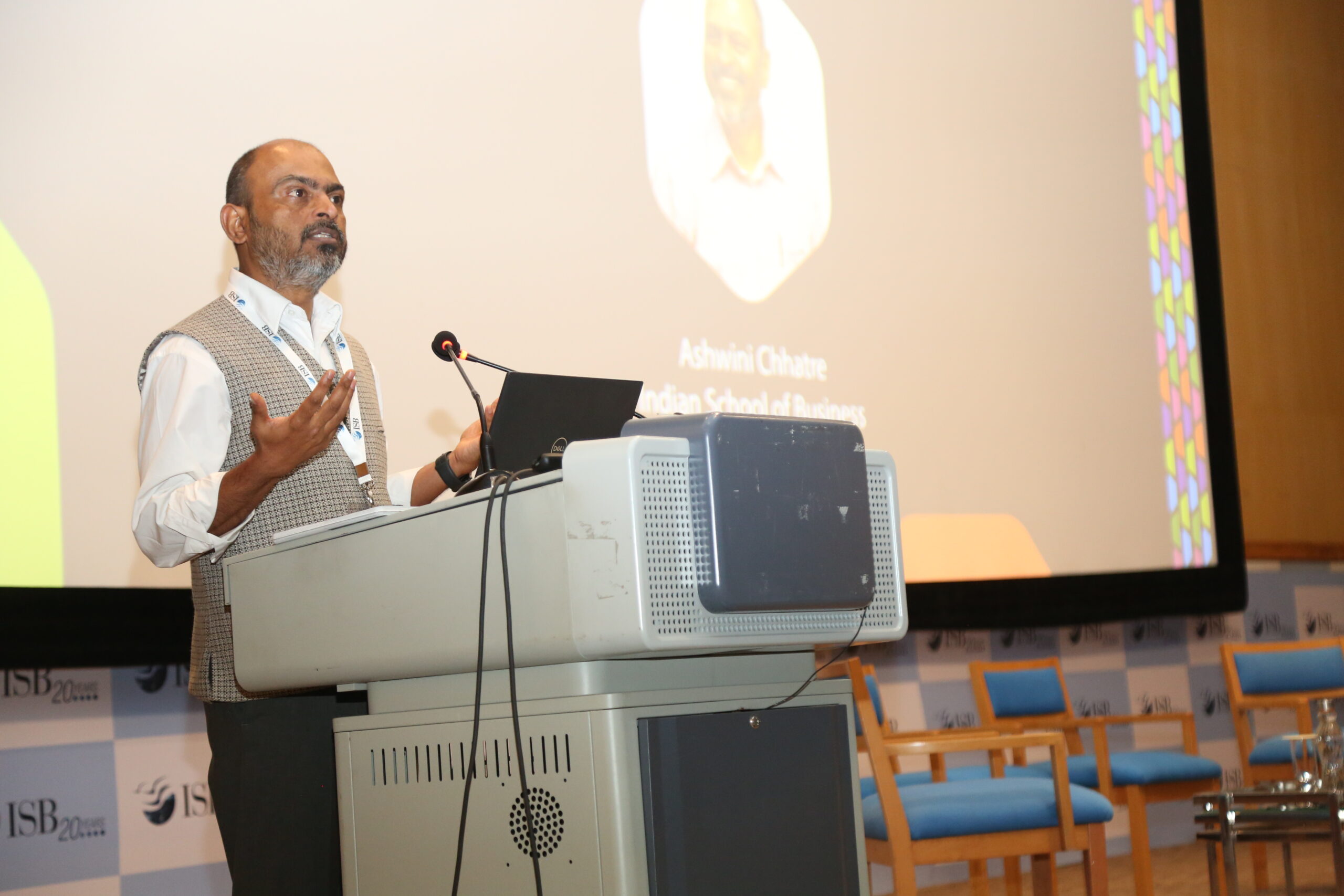LE Dialogue: Challenges in Facilitating Community Action for Forest-Based Livelihoods

The second session of dialogue was organised to discuss the current challenges faced by government agencies in community-based intervention and coordination to enable economies of scale and value addition by local communities. The role of government agencies is to mobilise communities to build businesses, empower women, and facilitate collective action to increase forest-based livelihoods.
Key takeaways from the stories of challenges and success experienced by panellists in four states are:
Maharashtra: It is a collective experience that communities have prospered under women’s leadership. Rural immersion of office bearers in the government helps a lot in gaining community trust and spurring collective action. Good policies already exist in the system, but it pays to adopt a bottom-up approach and focus on the process instead of just on the targets. SHGs will continue to play an important role in community mobilization, but we should be mindful that SHG work should not be just about money rotation.
The government provides infrastructural support for community upliftment, especially in aspirational districts. The government has identified certain districts under this category to receive specially dedicated resources to accelerate socioeconomic development. These are also the same districts where the tribal population density is at a majority. Gadchiroli is one of the many aspirational districts in India that has a dense forest cover, and most of the people living here are of tribal descent. Ekal Center (a Gram Sabha strengthening program) works towards the convergence of government schemes wherever applicable. It will also leverage these schemes to promote the forest economy of the district, which can go beyond SFPs like tendu leaves and bamboo. The Center is engaged in training Gram Sabha members, helping them formulate a 10-year forest management plan, and creating infrastructure like godowns, nurseries, ponds, etc. The next step for the Centre is to work on marketing SFPs.
Jharkhand: Successful NRLM implementation in states like Maharashtra and Andhra Pradesh helped stakeholders in Jharkhand. Exposure visits and learning exchanges aid in understanding the institutional mechanisms that are amenable to the proposed forest economy. The self-help group—village organization—cluster-level federation structure merges under the producer group/farmer producer company structure. This is an enterprise model that can help with aggregating various SFPs. More than 600 rural service centres are also available for the first level of processing.
There is a need to identify the factors contributing to roadblocks for the communities to achieve economies of scale. NRLM has done a lot of work on community mobilization, but the community is yet not enthused by this large-scale intervention. We need to match the pedagogy level of the local community so that training and capacity building are done accordingly. Acceptance from the older generation is comparably less, so the focus can be on women and youth through leveraging technology solutions.
Odisha: CFR recognition is a priority for the Government of Odisha. Since there are multiple departments involved in the CFR recognition process, coordination is often a hassle. Guidance from knowledge institutes like ISB helps a lot in navigating through the CFR process. ITDA, Malkangiri, took several awareness-building measures by conducting workshops. Confidence in the community must be built in geopolitically complicated areas like Malkangiri. This can be positively achieved by involving women in the mobilisation process. ITDA deliberately involved the Collector, DFO, range officers, and PRI representatives.
Madhya Pradesh: FRA (2006) is a socio-political decision, and involving politicians in the process of its implementation can be a double-edged sword. A single area of the CFR could have multiple party representatives, and there can be a clash of interests leading to serious impediments to the CFR process. It is a conundrum, so ideally, politics must not intersect CFR recognition and governance. It is also impractical for politicians to invest their time as much as civil society organisations can.
The Forest Economy Initiative concept must promote a business model that works for both the communities and the industry. The backward-market approach works well for the initiative, but forest resources are limited. It is less feasible for supply to match demand when the production process is purely ecological. With smart marketing approaches, available supply can be converted into demand, as many big companies have successfully done in the past.
Panellists:
- Trinath Majhi, Joint Secretary, Integrated Tribal Development Authority, Odisha
- Chetna Latkar, Nodal Officer, Ekal Center, District transformation Committee, Gadchiroli, Maharashtra
- Arif Akhtar, State Program Manager, Value Chain, Jharkhand State Livelihood Promotion Society
- Krishna Kumar Singh, Former MLA, Madhya Pradesh



